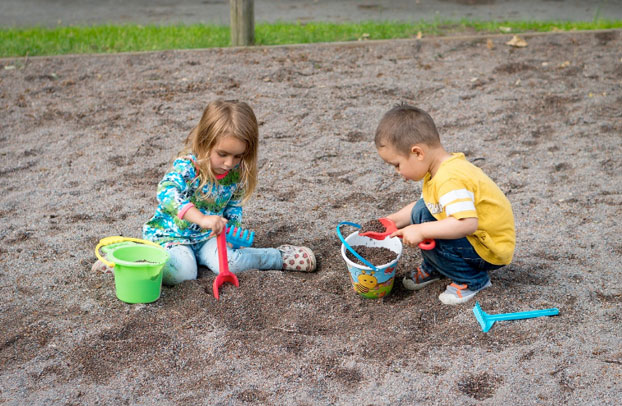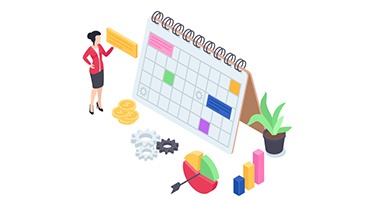Data quality is essential for organizations and membership associations. When you want to engage your members with personalized content and communications, or know who to target for renewals and offers, you need clean Salesforce data to make it happen.
All too often, data quality standards and governance are an afterthought when implementing Salesforce. But if those standards aren’t put in place or enforced, you’ll find that Salesforce’s automation and AI features don’t have the quality of data they need to be effective – and you’ll need to carry out data cleansing to get them back on track.


 Data cleansing is essentially an audit of your data. You’re checking your database for completeness and validity – and if you find any errors, it’s a case of identifying what you need to do to make the data complete.
Data cleansing is essentially an audit of your data. You’re checking your database for completeness and validity – and if you find any errors, it’s a case of identifying what you need to do to make the data complete. More often than not, bad Salesforce data comes down to human behavior. While there are many tech and software tools that can make data capture, enrichment and cleansing easier – such as
More often than not, bad Salesforce data comes down to human behavior. While there are many tech and software tools that can make data capture, enrichment and cleansing easier – such as  When it comes to Salesforce data cleansing, the best practices to follow often start before it’s even time for a cleanse – either to make each cleanse as painless as possible, or to avoid the need for data cleansing at all.
When it comes to Salesforce data cleansing, the best practices to follow often start before it’s even time for a cleanse – either to make each cleanse as painless as possible, or to avoid the need for data cleansing at all.





